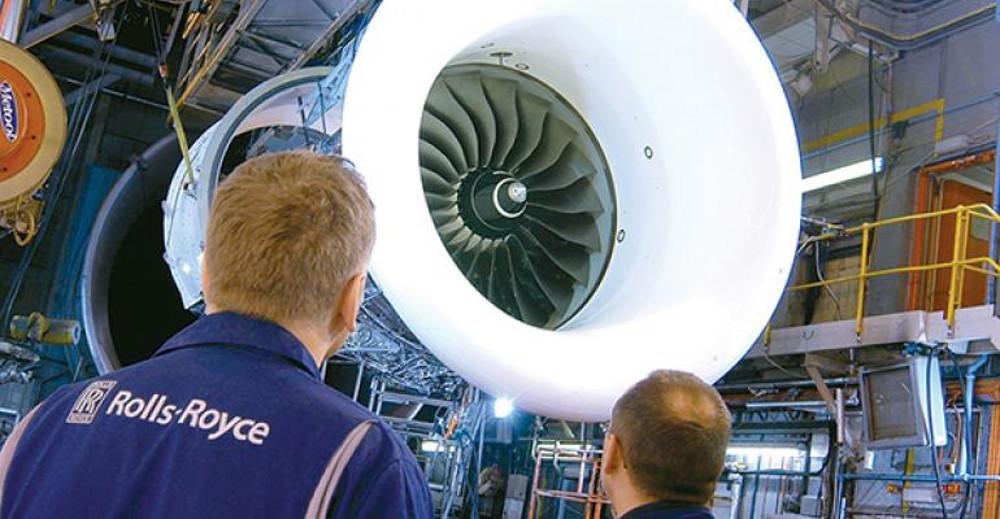
A testament to the severity of the COVID-19 crisis is how quickly it overshadowed almost all preexisting issues in aviation.
For example, in late 2019 Rolls-Royce predicted that problems across all variants of the Trent 1000 would cost it an eye-popping $3.1 billion from 2017-23, about $1 billion more than it had forecast a year earlier.
There was also a sobering reassessment of the TEN, for which Rolls-Royce took a separate £1.4 billion ($1.8 billion) exceptional charge due to “near term costs of customer disruption and remediation shop visits ... and provisions against future losses on a small number of contracts due to our new estimate of HPT durability”.
However, the collapse in long-haul travel caused by pandemic restrictions and border controls proved a far greater problem than any technical issues, while at the same time giving Rolls-Royce some breathing space to implement solutions.
“We were sort of agonizing over this in 2019 and it seems to be rather less important in the whole scheme of things [now],” said one analyst on a 2021 earnings call when asking about when the Trent 1000 TEN’s new high-pressure turbine blades would be certified.
The question had much to do with another event outside Rolls-Royce’s control: the FAA’s prioritization of Boeing’s quality control issues with 787 airframe production, which pushed back certification of the TEN blades until late 2022.
“The final two durability improvements are the new design of IPC blades for the Package B engine and the new design of HPT blade for the Trent 1000 TEN, which are both planned to be available for incorporation into the fleet during the second half of this year,” Rolls-Royce’s vice-president of marketing, Scott Holland, tells Inside MRO.
See the next issue of Inside MRO for a full appraisal of the Trent 1000 program.





